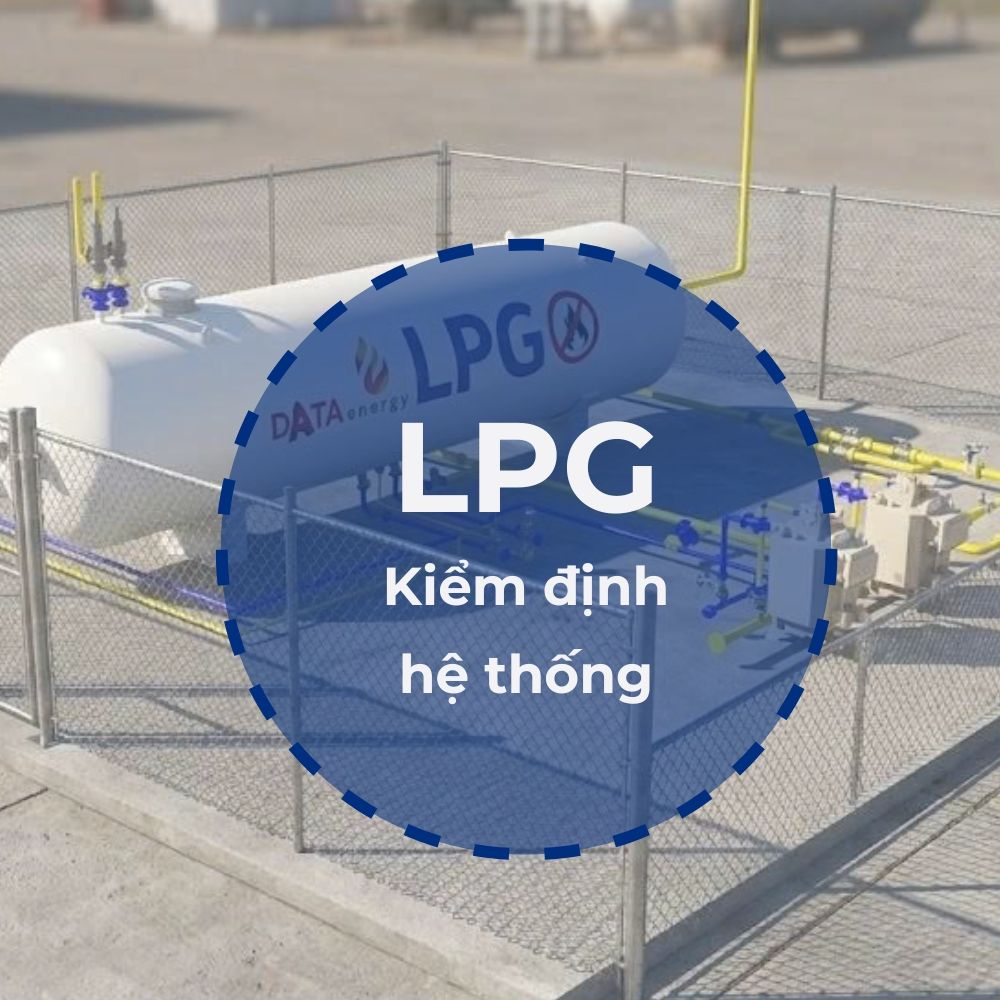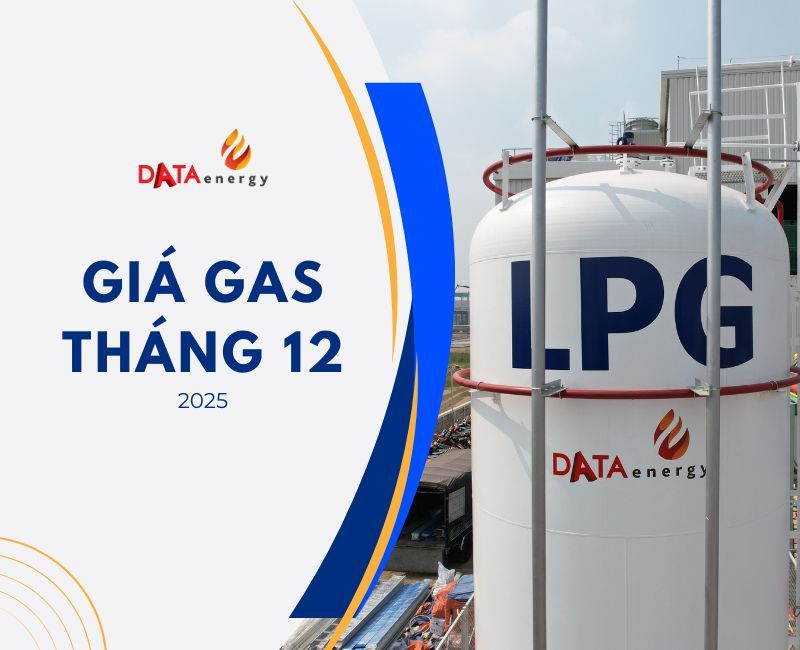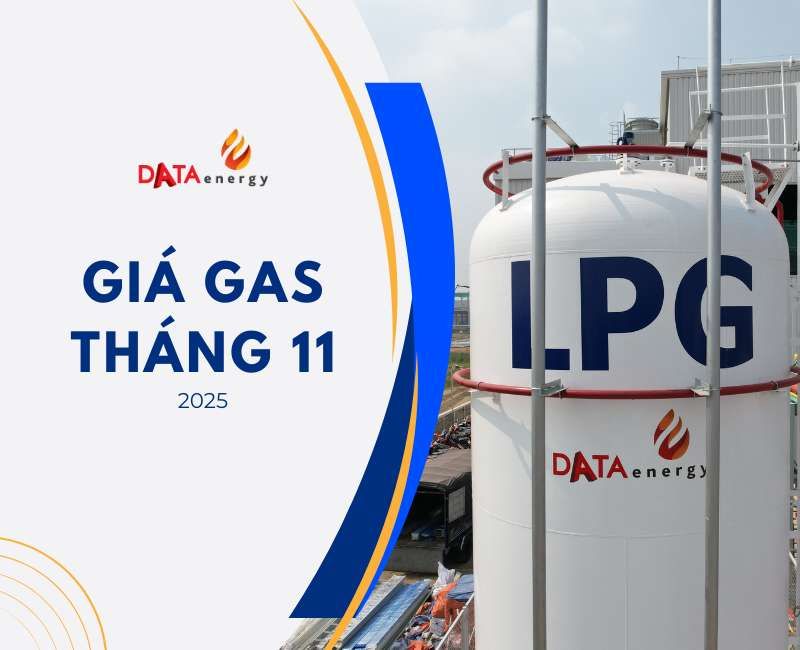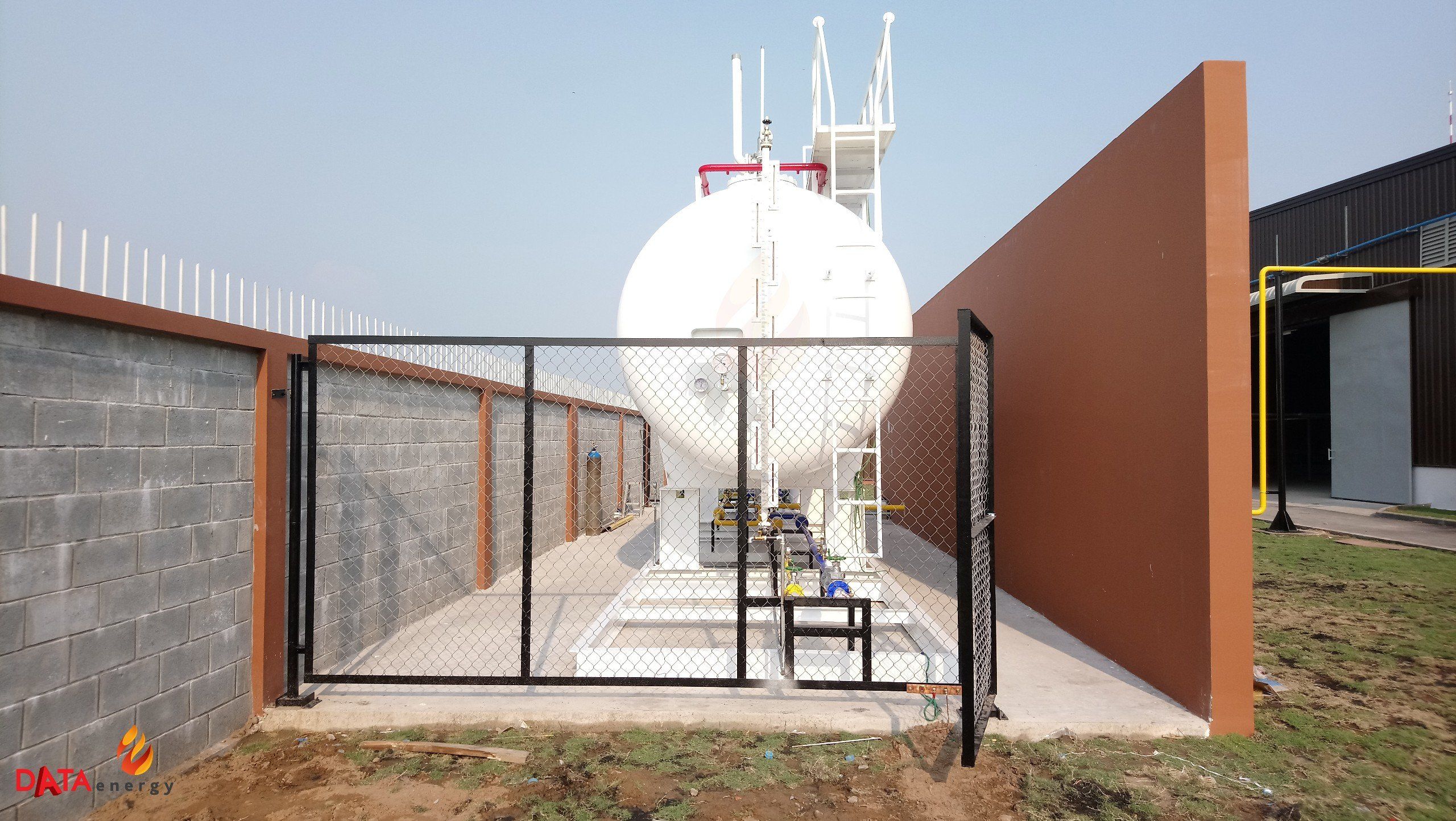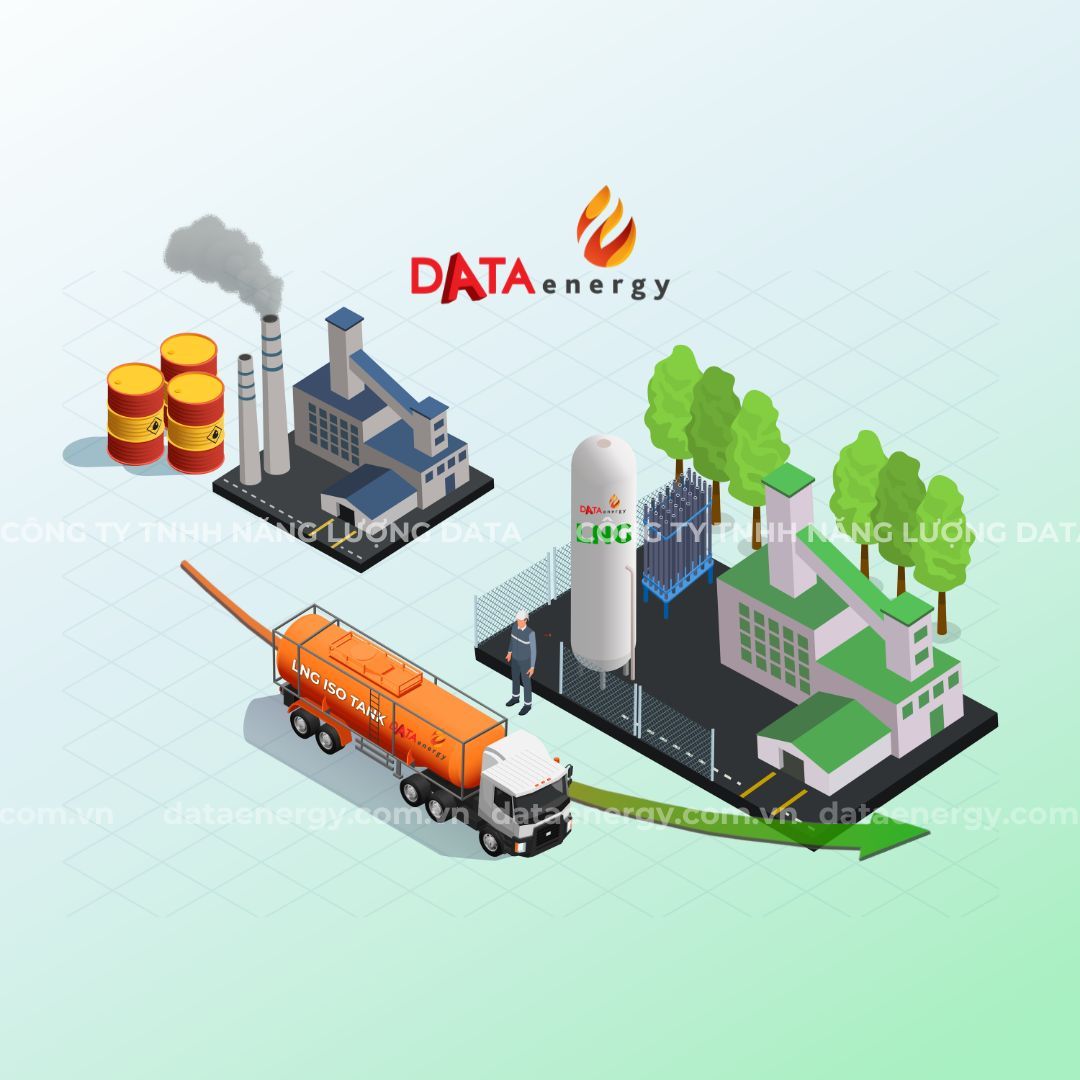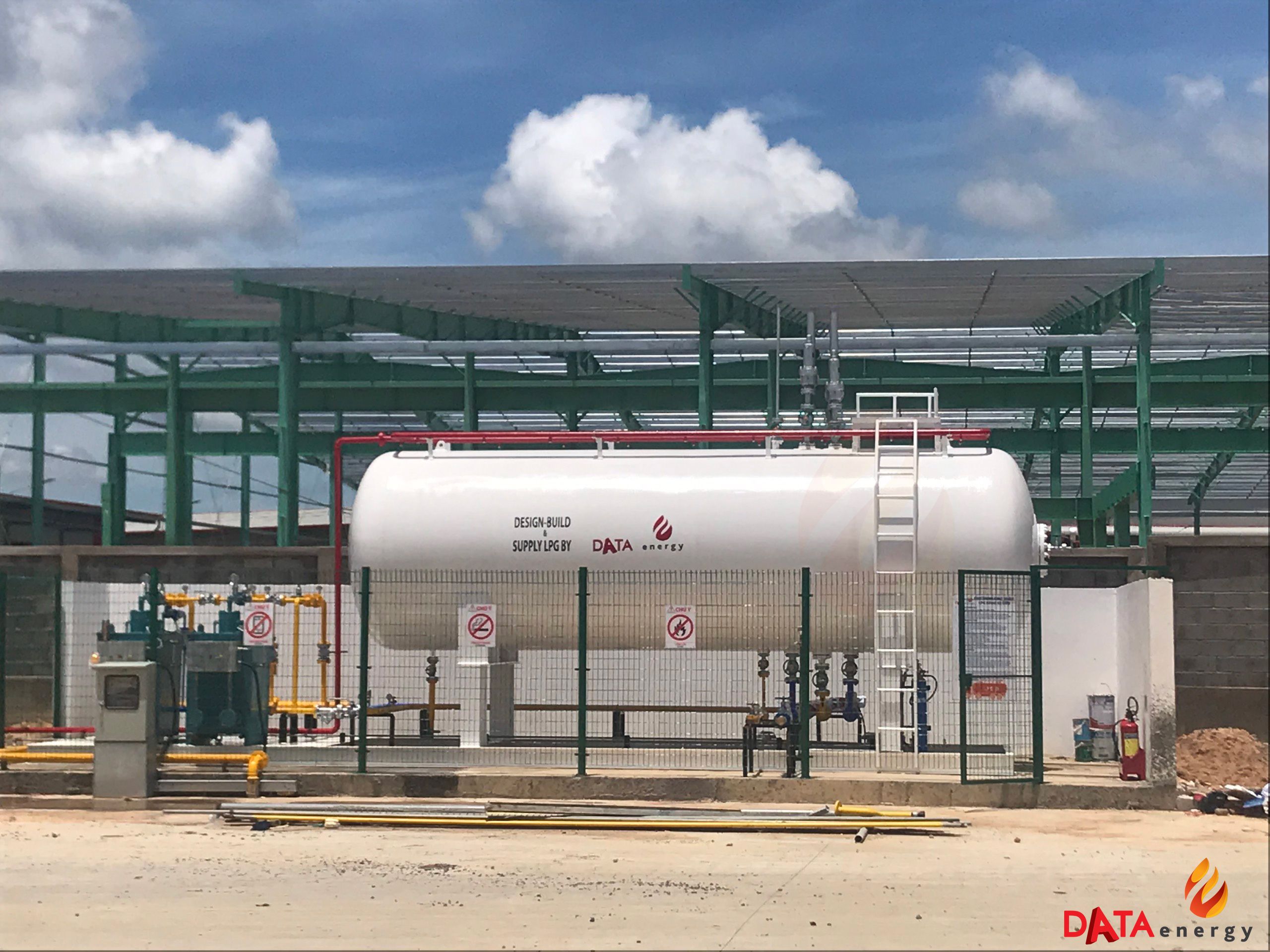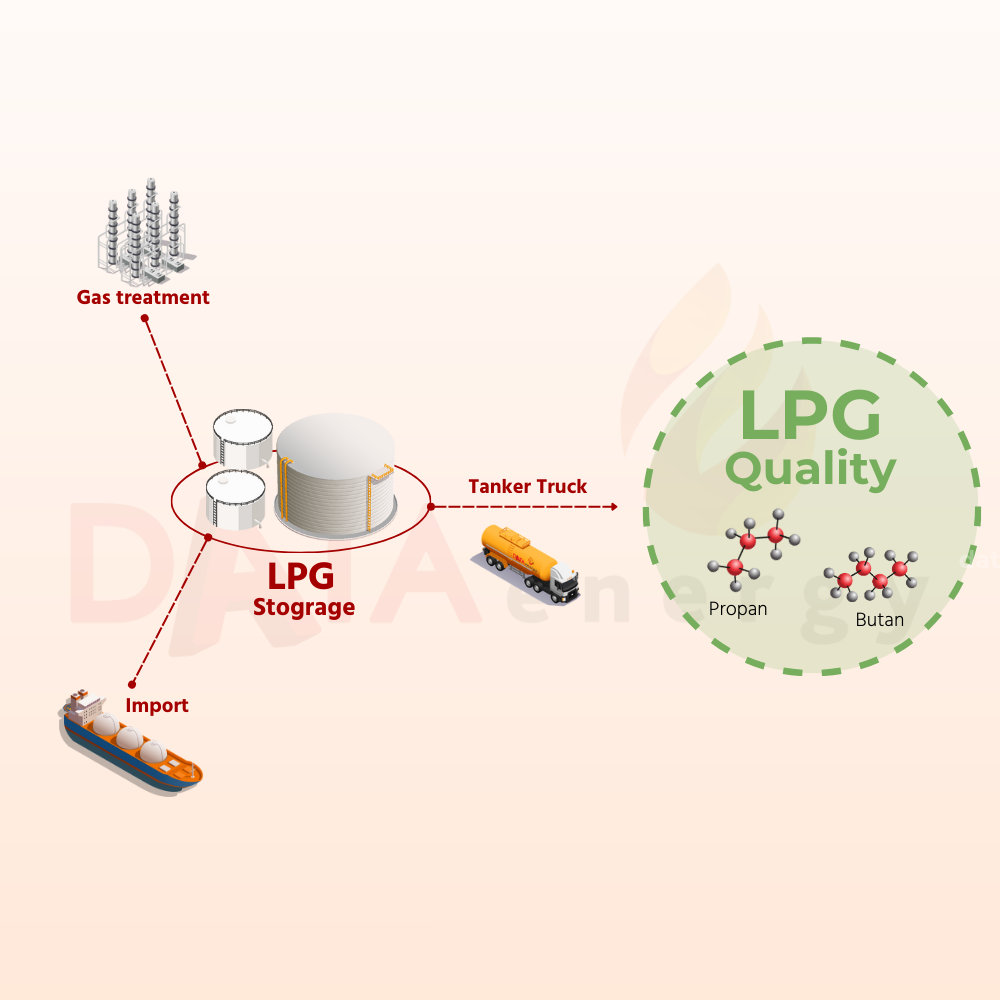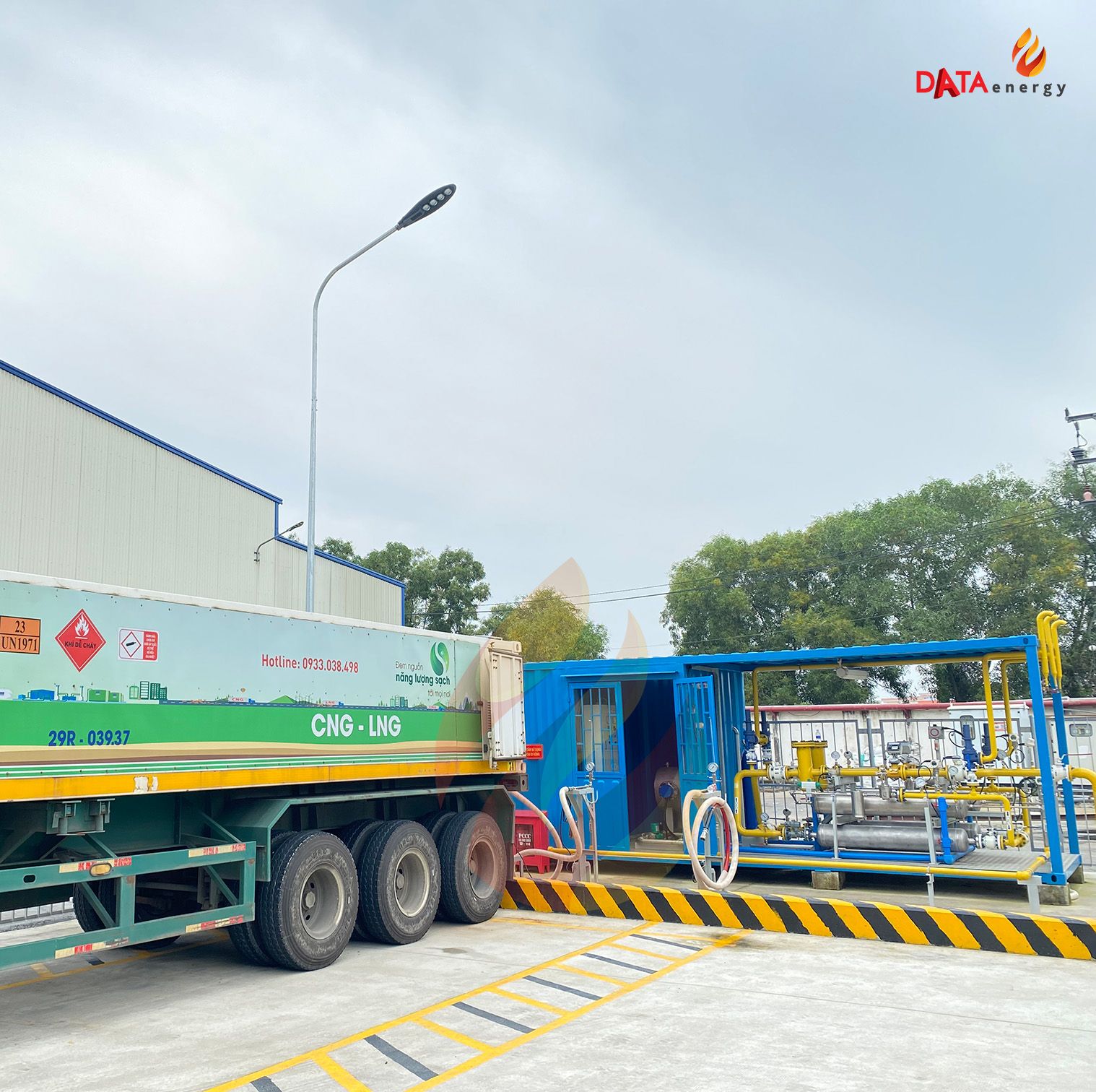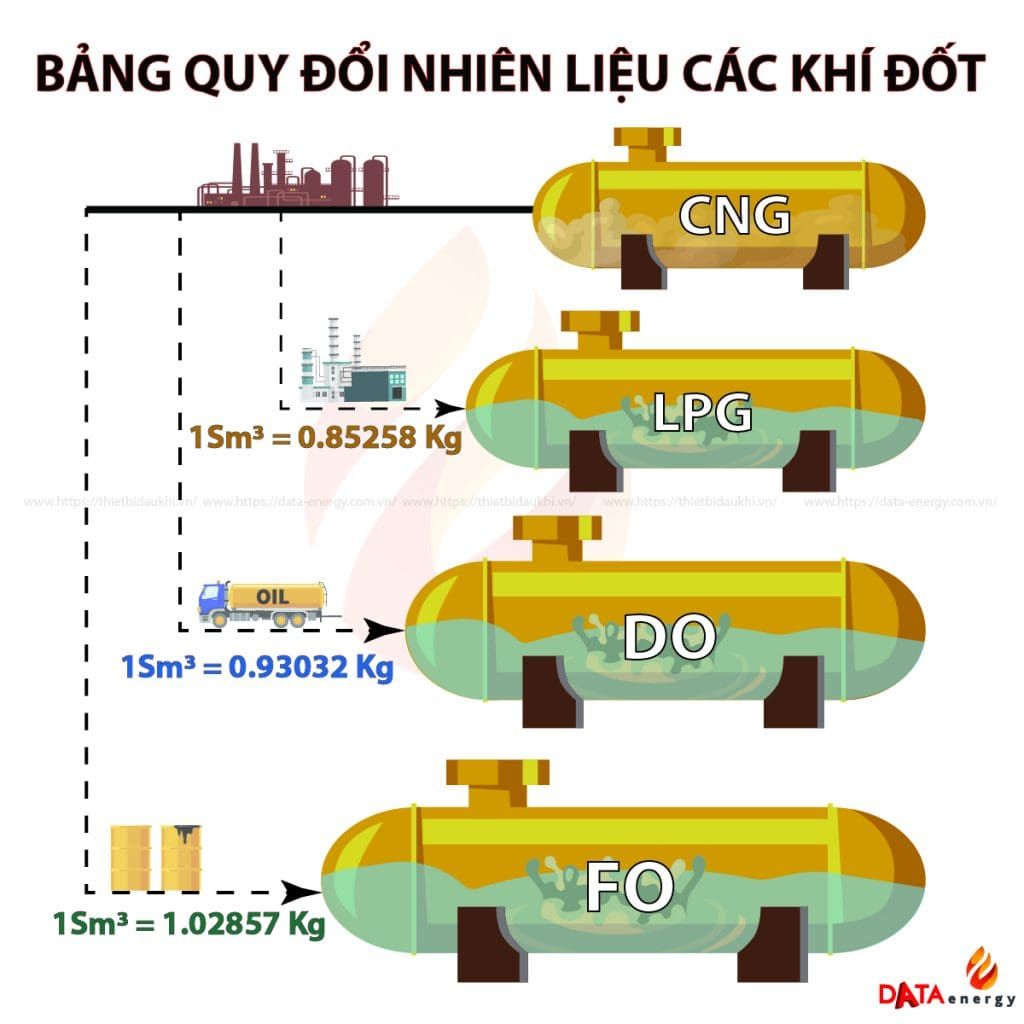WHAT IS LIQUEFIED NATURAL GAS (LNG)?
03/01/2025
Predicted to be a new trend in green industry fuel, liquefied natural gas (LNG) is becoming a popular name alongside gases like CNG and LPG. So, what is LNG and how is it formed? Let’s refer to the article below from DATA Energy.
1. What is LNG?
Liquefied Natural Gas (LNG) is natural gas that is primarily composed of CH4 (methane) at 94.3% and a small amount of C2H6. It is cooled to -162°C to become a liquid. This cooling process reduces the volume by 600 times, making LNG much easier to store and transport.
LNG is colorless, odorless, non-toxic, and non-corrosive.
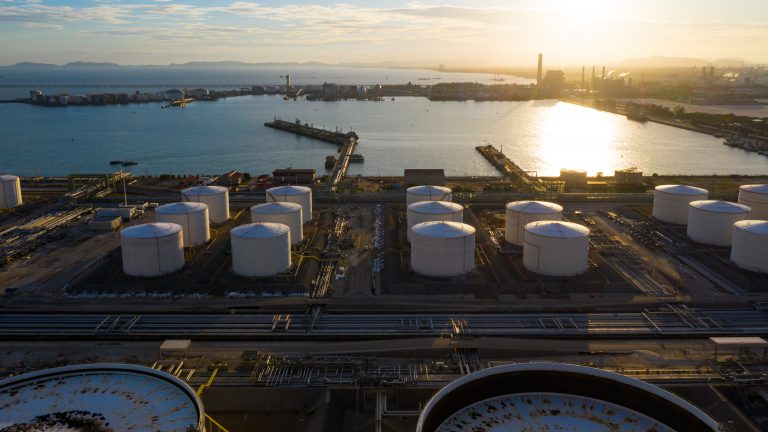
LNG terminal
2. The process of producing LNG
 Production and Transportation Process.png)
2.1: Purifying natural gas (NG)
Natural gas is extracted from various sources such as gas fields and oil wells far offshore. These sources contain a mixture of different impurities, including methane (CH4), ethane (C2H6), propane (C3H8), butane (C4H10), and even oil and water. The natural gas will be separated from these mixtures and purified at a gas processing station.
2.2: Liquefying the purified gas
After purification, the natural gas is ready to be liquefied. It is passed through large aluminum coil heat exchangers, cooling the gas to -162°C to turn it into liquid, known as LNG.
2.3: Transportation
LNG reduces its volume by 600 times compared to natural gas, allowing for safe and economical transportation by ship from the extraction site to the port. However, to maintain the liquid state of LNG, ships must have double-hulled designs to ensure insulation and keep the LNG at low temperatures.
2.4: Adjustment and usage
Upon arrival at the port, LNG is directed into large storage tanks. Since LNG is odorless, an odorant must be added to ensure leaks can be easily detected.
There are two ways to transport LNG:
-
LNG is transported by tanker trucks to the customer's plant, where it is directly loaded into storage tanks and then passed through a regasification system for production (similar to LPG transportation).
-
LNG is transported in specialized tanker trucks, which serve as both the transportation vehicle and the LNG storage. At the plant, only a vaporization system needs to be installed for production (similar to CNG transportation).
3. The global popularity of LNG
According to the EIA (Electronic Industries Alliance), countries in the Asia-Pacific region and the Middle East are the largest exporters of LNG in the world. Northeast Asia is a traditional LNG consumption market, with Japan and South Korea being the two largest LNG importers globally. Additionally, LNG is widely traded in international markets and has become an important energy source for many countries, including the United States, Australia, and the Netherlands. Although LNG is not yet widely used in developing countries due to high initial investment costs, the push for safety and cleaner energy, along with the goal of achieving a clean industrial future, makes us believe that countries will strive to adopt this gas more broadly.![]()
DATA ENERGY COMPANY LIMITED (DATA Energy)
-
Supply LPG, CNG, LNG.
-
Consult, Design, Install Industrial Gas System.
-
Invest Gas System (LPG, CNG, LNG) for the factory.




